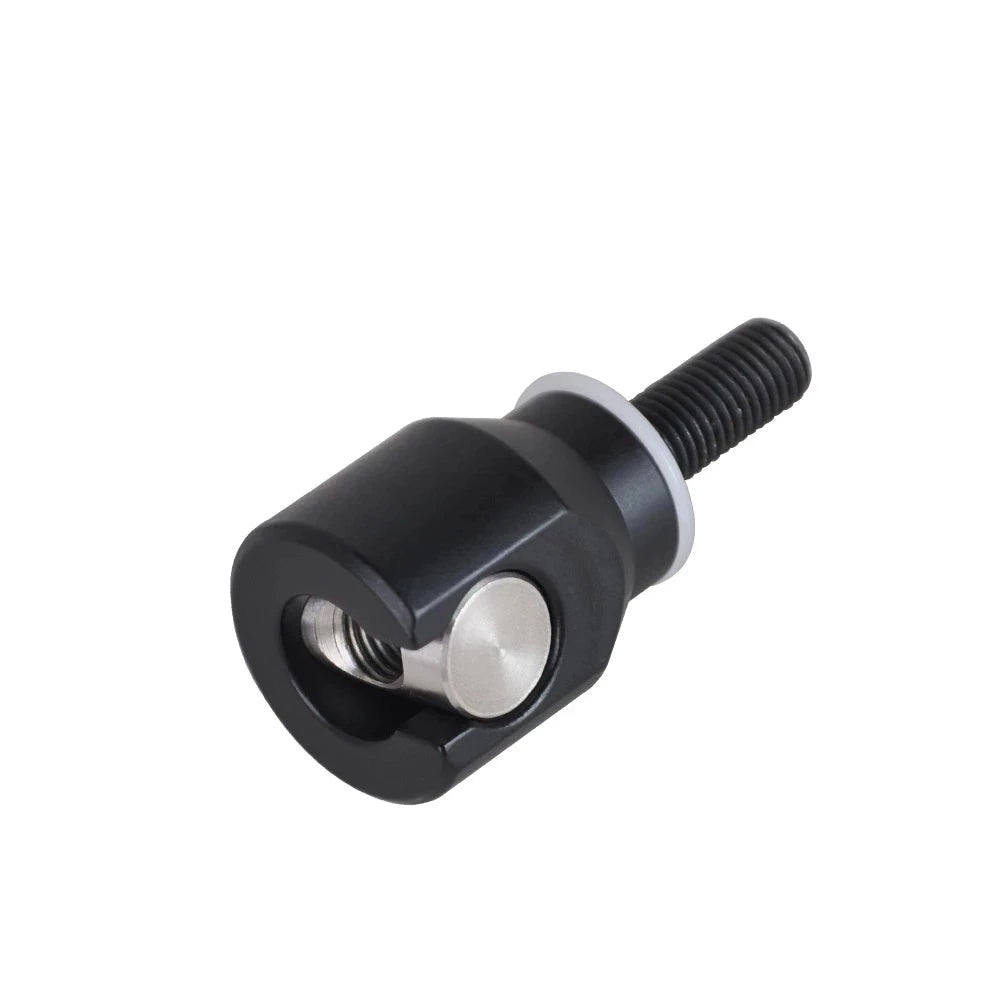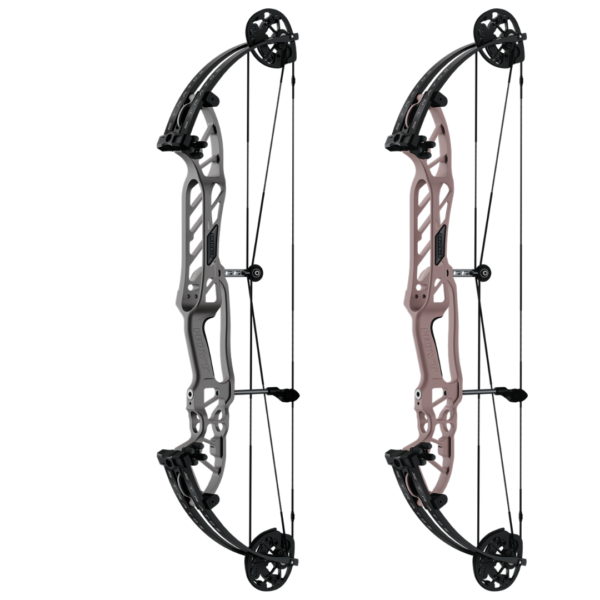Optimize Your Archery Accuracy With These Bow Stabilizer Techniques
In the world of archery, accomplishing optimum precision is a pursuit that requires careful attention to detail and method. One important element that can dramatically affect your performance is the proper use of bow stabilizers. These often-overlooked accessories hold the potential to elevate your shooting proficiency to new elevations, however only if used correctly. By discovering the nuanced approaches of selecting, installing, and adjust bow stabilizers, archers can unlock a world of accuracy that could have formerly thwarted them. Whether you are a skilled archer wanting to improve your abilities or a newcomer excited to improve your accuracy, grasping these bow stabilizer methods might be the trick to striking your mark with exceptional consistency.
Advantages of Utilizing Bow Stabilizers
Using bow stabilizers can dramatically improve an archer's accuracy and total performance by lessening bow torque and resonance. Additionally, bow stabilizers dampen vibration, which not only improves the comfort of capturing but also prevents the bow from leaping upon release, hence assisting in maintaining proper objective.
Additionally, bow stabilizers can aid in holding the bow consistent, specifically during gusty conditions or when shooting from longer distances. The added weight at the front of the bow offers security and equilibrium, enabling the archer to concentrate on aiming without the diversion of bow motion. On the whole, the advantages of utilizing bow stabilizers extend beyond just precision, boosting the archer's experience and performance in numerous shooting circumstances.
Choosing the Right Bow Stabilizer
Picking the ideal bow stabilizer is important for optimizing your archery devices and enhancing shooting efficiency. Larger stabilizers can help reduce bow torque and soak up more resonance, leading to a steadier aim.

Last but not least, take into consideration the style of the stabilizer. Some stabilizers come with adjustable weights or dampeners that enable you to personalize the equilibrium and feel of your bow. Inevitably, selecting the best bow stabilizer entails locating a balance in between weight, product, length, and layout to improve your shooting accuracy and general performance.
Appropriate Installment Techniques
To make certain optimum performance and security in archery, grasping proper installment techniques for your bow stabilizer is essential. The first action in mounting a bow stabilizer is to determine the appropriate positioning on your bow.
Following, firmly attach the stabilizer to the bow utilizing the ideal mounting hardware. Some stabilizers come with flexible weights that can be included or gotten rid of to adjust the equilibrium of your bow.

Adjusting Stabilizer Weight and Length
After making sure the proper setup of your bow stabilizer, the following action involves readjusting the weight and size to enhance its performance in improving archery accuracy. The weight of the stabilizer plays an essential role in reducing bow movement during the shot cycle. Including weight to the stabilizer can help wet resonances and enhance stability, leading to more constant and exact shots. On the read this post here various other hand, reducing the weight can enhance maneuverability, which is advantageous for situations calling for fast target acquisition.
A longer stabilizer can provide better stability by raising the distance between the bow and the weight at the end of the stabilizer. Alternatively, a much shorter stabilizer provides a lot more ability to move and may be preferred by archers that value dexterity and fast activities throughout capturing.
Advanced Stabilizer Tuning Tips
Accomplishing optimal bow security and precision in archery demands a nuanced approach to sophisticated stabilizer adjusting. Advanced stabilizer tuning entails fine-tuning different components to improve the bow's equilibrium, minimize resonance, and improve total precision. One vital method is to trying out different stabilizer arrangements, including side-bar and back-bar configurations, to locate the suitable balance in between security and ability to move for your shooting style. bow stabilizer. In addition, changing the angle and positioning of the stabilizer can have a substantial influence on how the bow responds upon release.
Another critical facet of innovative stabilizer adjusting is maximizing the damping properties of the look at this site stabilizer system. This can be achieved by including extra dampening devices such as rubber dampeners or harmonic stabilizers to even more lower resonance and noise. In addition, checking out various materials for the stabilizer building and construction, such as carbon fiber or light weight aluminum, can likewise affect the bow's performance by modifying its weight distribution and stiffness. By thoroughly tweak these advanced stabilizer aspects, archers can maximize their precision and uniformity on the variety or in competitors.
Verdict
In conclusion, optimizing archery accuracy can be attained via the proper choice, setup, and adjustment of bow stabilizers. Overall, integrating bow stabilizers right into archery method can lead to improved performance and enhanced accuracy.
Utilizing bow stabilizers can dramatically improve an archer's accuracy and total efficiency by minimizing bow torque and vibration. Longer stabilizers give greater security and equilibrium, specifically for long-distance capturing, while much shorter stabilizers provide even more convenience and are simpler to steer in tight rooms (bow stabilizer). Carbon fiber stabilizers are light-weight and sturdy, while light weight aluminum stabilizers are durable and offer exceptional vibration dampening
A longer stabilizer can supply higher security by boosting the range in between the bow and the weight browse this site at the end of the stabilizer.Another vital facet of innovative stabilizer tuning is optimizing the damping buildings of the stabilizer system.